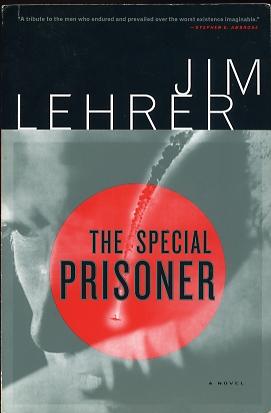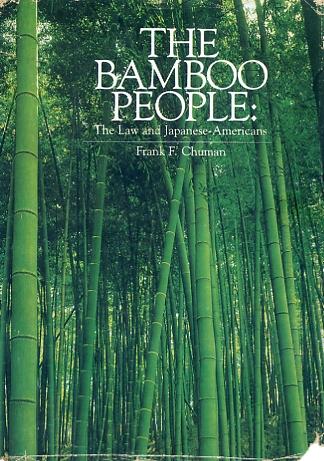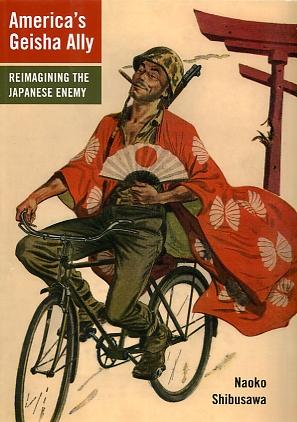The Special Prisoner
Tashimoto "the Hyena" v. Kawakita "the Meatball"
By William Wetherall
First posted 10 July 2009
Last updated 22 May 2010
See also Mark Schreiber's review of The Special Prisoner.

Jim Lehrer As a prisoner-of-war and prisoner-of-conscious sort of tale, this one is not bad. Which means that some parts are not as bad as others. Lehrer does a lot of things that writers are supposed to do -- plant things early in the story that come back later in a different guise. In the end, though, it fictionally stretches the boundaries of historical truth. Hardcover synopsis (front jacket flap)
Paperback edition synopsis (back cover)
The protagonist, Bishop John Quincy Watson, is a retired Methodist minister who had, half a century ago, become a prisoner of war in Japan when the B-29 he was piloting was shot down after disgorging its bombs over Tokyo. At Dallas-Fort Worth airport, about to board a plane for Washington National Airport, he spots a man he is certain had been the guard he and other prisoners had called "the Hyena" -- whose name he recalled as "Tashimoto" -- a man he can't believe is still alive because he had helped other prisoners kill him. Watson, scheduled to address an ecumenical prayer breakfast at a church in a Virgina suburb, follows the man to a plane bound for San Diego, and confirms that the name on the man's ticket was T-a-s-hi-m-o-t-o. He is unable to board Tashimoto's plane but gets the next flight for San Diego. In the meantime, the intimate third-person narrator begins to reveal Watson's moral conflict (page 5).
Lehrer's "Tashimoto" is a fabricated Japanese name. His plot, too, is larger-than-life, contrived to explore real and hypothetical moral issues in the form of a novel that he probably thought would make a great movie. As of this writing, though, neither Hollywood nor HBO have stepped into the breach. Patriotic theatre and television movie moguls would have to sanitize too much history to turn Lehrer's drama into another romantic celebration of America's mythical "Greatest Generation". I won't spoil Lehrer's narrative -- at once overcooked, provocative, and compelling -- except to caution that true stories about real people in actual life are far more interesting. Parts of Lehrer's fictional tale may have been inspired by the "treason" case of Tomoya Kawakata (see below). Lehrer, a very productive journalist and novelist, is perhaps best known as the anchor of PBS's News Hour. Born in 1934, he graduated from the school of journalism at the University of Missouri, then enlisted in the Marine Corps for three years of coldwar service in the 1950s. Tomoya Kawakita caseLehrer's story appears to have been inspired by the case of Tomoya Kawakita. A former POW's discovery of Kawakita in Los Angeles is dramatically described by a number of non-fiction writers. Here are two such dramatizations -- one by Frank F. Chuman writing in 1976, the other by Naoko Shibusawa in 2006. Chuman 1976 versionChuman, born in California, attended the University of Southern California Law School from 1940-1942. From March 1942 to September 1943, he administrated the hospital at Manzanar Relocation Center in California before receiving a JD in 1945. He served as the national president of the Japanese American Citizens League from 1960 to 1962, and in 1976 when The Bamboo People was published, he was practicing in Los Angeles, specializing in immigration law.
Shibusawa 2006 versionSwitch, now, to another scenario, as narrated by Naoko Shibusawa in America's Geisha Ally, published in 2006, but based on a PhD disseration titled "America's Geisha Ally: Race, Gender, and Maturity in Re-Imagining the Japanese Enemy, 1945-1964", which she had submitted to Northwestern University in 1998. At the time of this writing (2010), Shibusawa, who majored in 20th-century American history and minored in Modern Japan, was an Assistant Professor in the History Department at Brown University and the director of the university's Center for the Study of Race and Ethnicity in America.
The man, Tomoya Kawakita, born and raised in Calexico, California, had gone to Japan in 1939 to visit his grandfather, stayed to study, was stranded when the Pacific War broke out, worked as an interpreter at the Oeyama mine from 1943-1945, then as an interpreter for the Occupation forces until his return to California in 1946. There are many popular and academic accounts of Kawakita's trial, conviction, and sentencing in a California federal district court for treason from 1947 to 1948, his failed appeals to a circuit court in 1951 and the Supreme Court in 1952 to overturn lower court rulings, Eisenhower's reduction of his death sentence to life imprisonment in 1953, and his release by Kennedy in 1963 on the condition he be deported to Japan -- having lost his US citizenship because of the treason conviction. Some US newspapers and magazines reported that Bruce and other POWs had dubbed Kawakita "The Meatball". In the course of the trial, however, it was revealed that mass media, not POWs, had given him this nickname (Shimojima 1993:109). The term "meatball" was GI slang for a Japanese soldier, referring to the red sun on the Japanese flag, likening it to a bloody meatball, from the atrocious acts and mass suicides of Japanese soldiers (Shimojima 1993:9).
|

